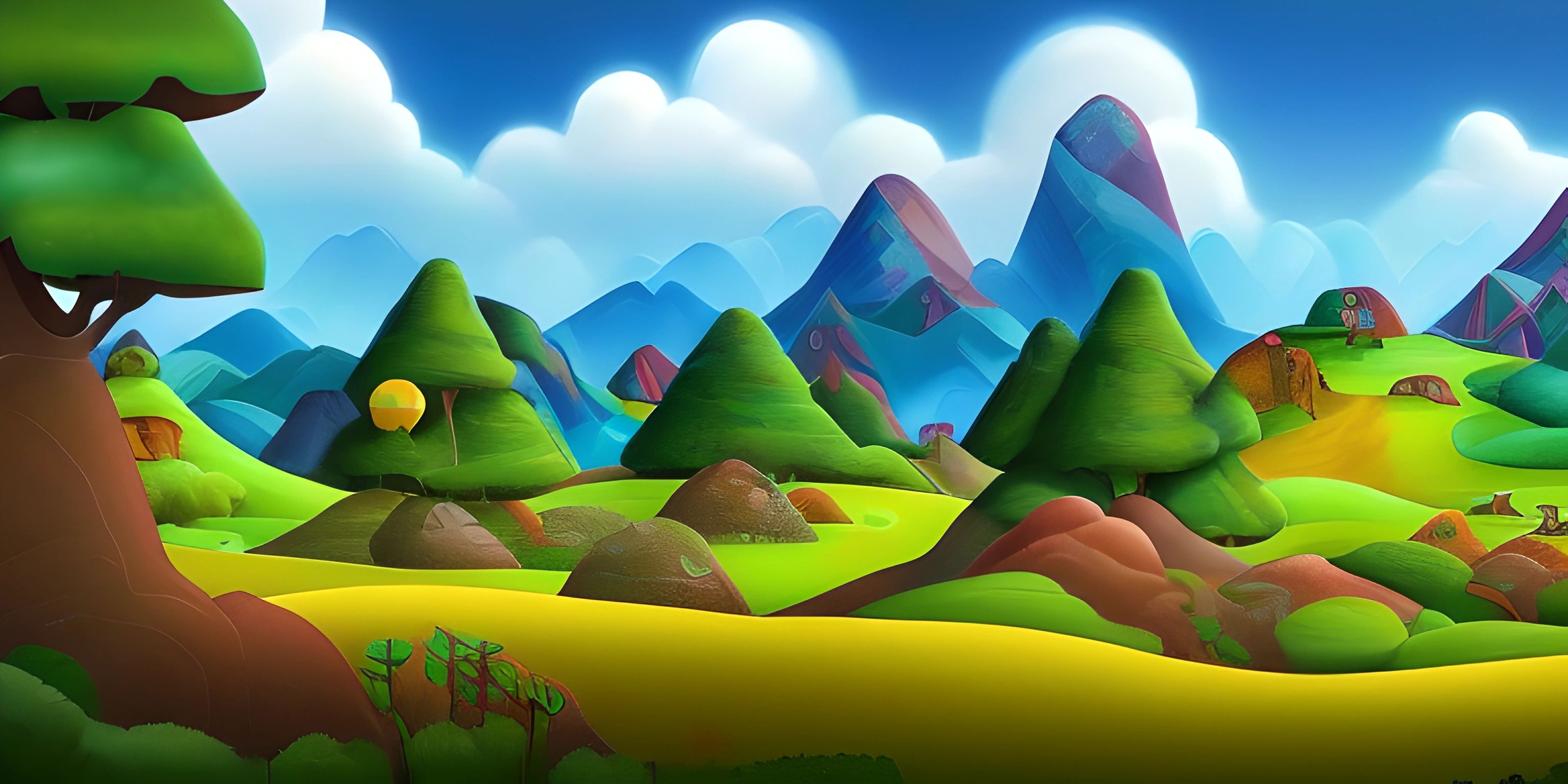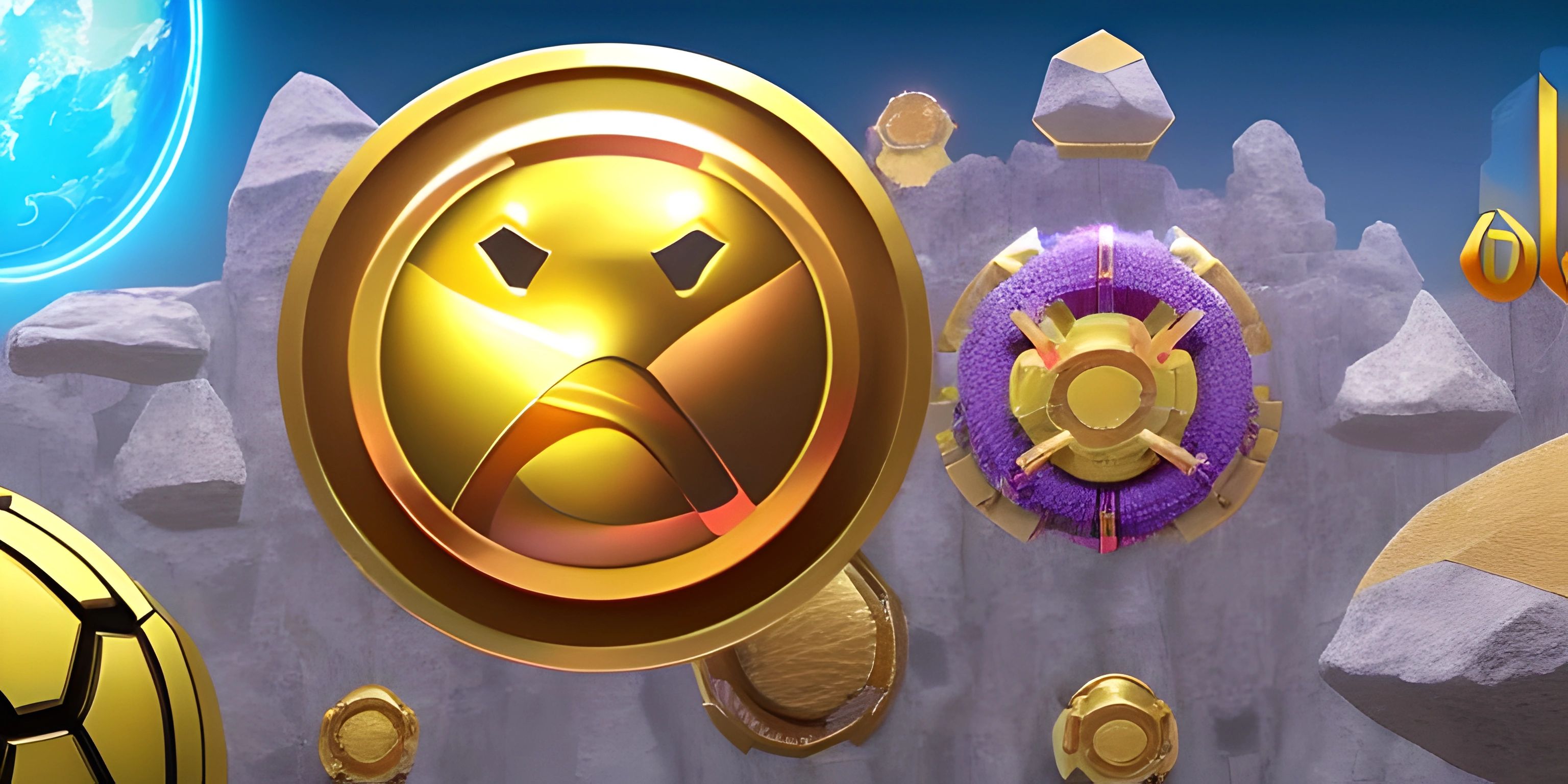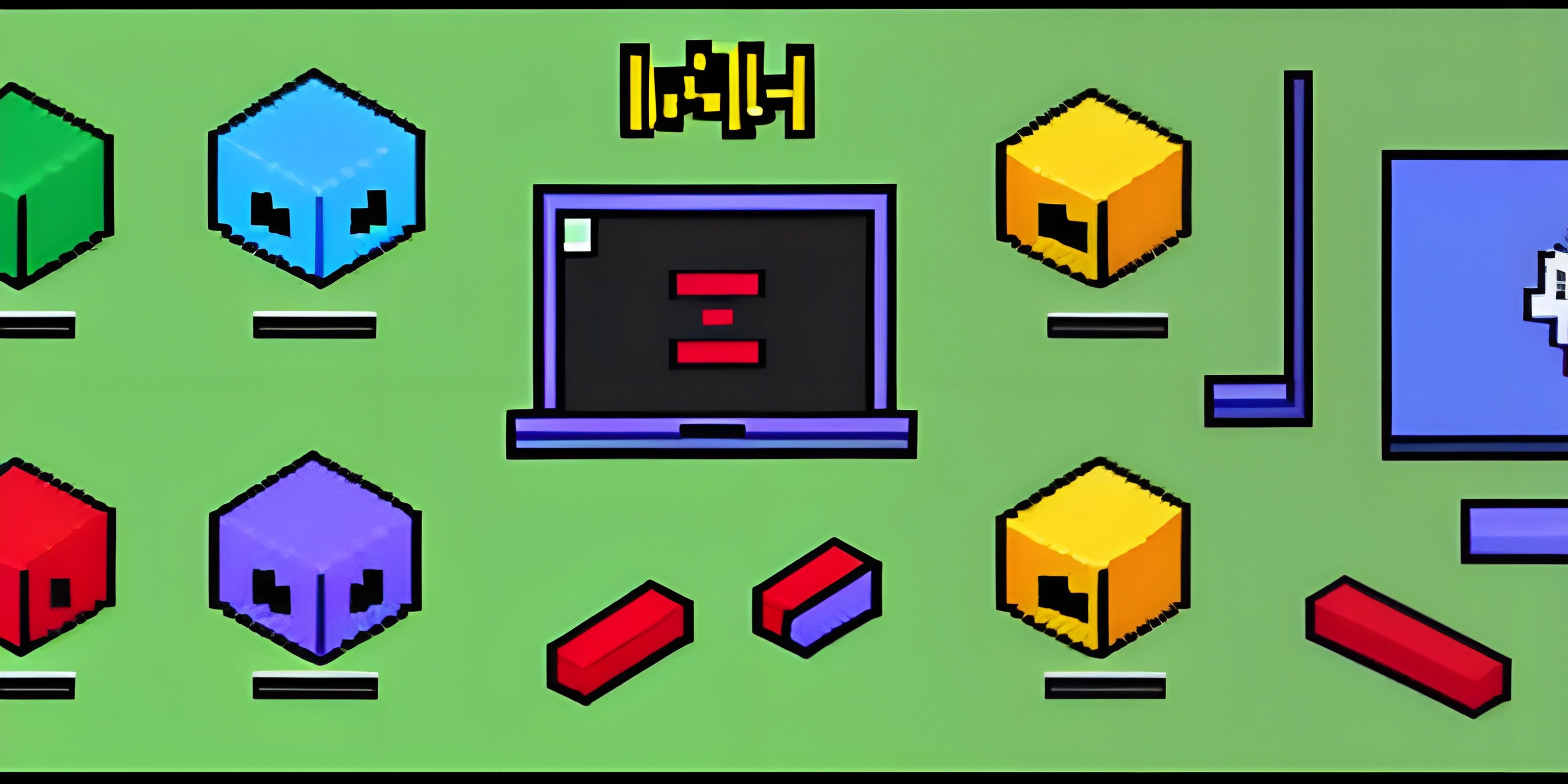Exploring the React Framework

Note: this page has been created with the use of AI. Please take caution, and note that the content of this page does not necessarily reflect the opinion of Cratecode.
Let's talk about a JavaScript framework that's revolutionized the way we build web applications - React.js. It's a delight for developers and has been adopted by many industry bigwigs.
The Birth of React
React.js, or simply React, was developed by Facebook's software engineer Jordan Walke. It was first used in Facebook's newsfeed in 2011 and later on Instagram in 2012. The framework was then open-sourced at JSConf US in May 2013.
React was born out of a need for speed and efficiency in building user interfaces. It allowed developers to create large web applications that could change data, without reloading the page.
What is React?
React is a JavaScript framework used for building user interfaces, especially for single-page applications. It's used for handling the view layer in web and mobile apps. React allows developers to create reusable UI components.
React introduces a virtual DOM that essentially acts as a buffer between the actual browser's DOM and React's render functions. This means that when a React component's state changes, React only updates the necessary parts of the DOM, not the entire page. This helps in delivering a smooth user experience.
React Components
The whole idea behind React is to break the UI into a collection of components. A React component is a piece of the user interface. It’s like a function that takes in props (which stands for properties) and states (data that changes over time), and returns a React element that describes how a section of the UI should appear.
function Welcome(props) {
return <h1>Hello, {props.name}</h1>;
}In the above example, Welcome is a simple functional component in React that accepts an object props and returns a React element.
Why React?
React has several advantages that have made it a popular choice among developers:
-
Component-Based: In React, everything is a component which makes the code more readable and maintainable.
-
Virtual DOM: It uses a virtual DOM that improves apps performance since JavaScript virtual DOM is faster than the regular DOM.
-
JSX: It uses JSX (a syntax extension for JavaScript), allowing you to write HTML in JavaScript.
-
Ecosystem: React has a vast ecosystem, a large community, and plenty of resources available.
-
Used by Big Companies: Companies like Facebook, Instagram, WhatsApp, Netflix use React due to its scalability, flexibility, and performance.
Hey there! Want to learn more? Cratecode is an online learning platform that lets you forge your own path. Click here to check out a lesson: Full-stack Web Frameworks (Next.js) (psst, it's free!).
FAQ
Why was React.js created?
React.js was created to solve the efficiency and speed issues associated with building user interfaces. It was designed to help developers build large web applications that could update and render efficiently in response to data changes, without requiring a page reload.
What are React components?
React components are independent, reusable pieces of code that serve as the building blocks of a React application's user interface. They're like functions that take in inputs, known as 'props' and a state, and return a React element that describes how a section of the UI should appear.
Why is React popular among developers?
React is popular due to its component-based architecture, efficient updates and rendering with the virtual DOM, the use of JSX for writing HTML in JavaScript, a vast ecosystem and community, and its use by large, notable companies. Its design also allows developers to write more predictable code and work in a more debuggable environment.





